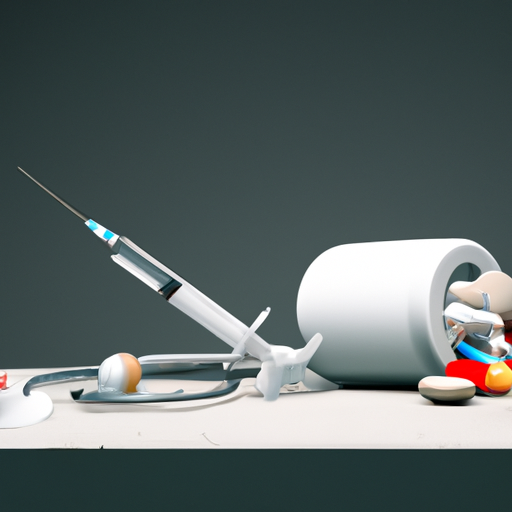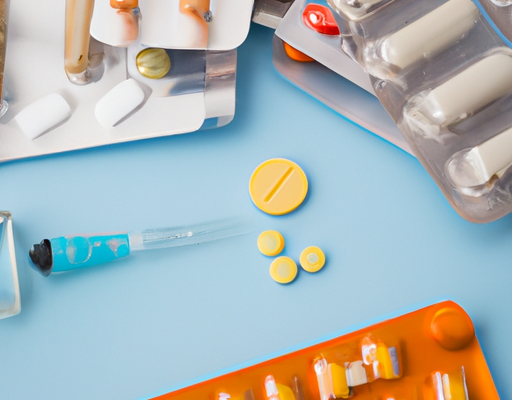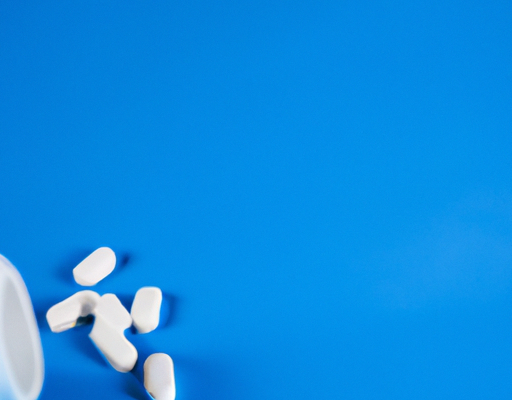Definition of Varicose Veins
Varicose veins are a condition in which the veins become enlarged, dilated, and twisted. This condition is characterized by an abnormal enlargement of the superficial veins and is most commonly found in the legs. Varicose veins are caused by a weakening of the valves in the veins that normally help to circulate blood back to the heart. In many cases, varicose veins may also be caused by increased pressure in the veins.
The symptoms of varicose veins may include aching, burning, or throbbing in the affected area; swelling of the feet, ankles, and legs; and a feeling of heaviness in the legs. In more serious cases, varicose veins can cause skin discoloration, ulcers, and blood clots.
Treatment for varicose veins may include lifestyle changes and medical interventions. Some of the medical interventions that can be used to treat varicose veins include:
- Endovenous laser therapy
- Sclerotherapy
- Radiofrequency ablation
- Surgery
In some cases, lifestyle changes such as exercising, wearing compression stockings, and avoiding long periods of sitting or standing can help to reduce the symptoms of varicose veins.
Causes
Varicose veins can have many causes, including genetics, obesity, not exercising, pregnancy, sitting or standing for long periods, and age. The strain placed on the veins can cause them to be weakened and expand, thereby leading to varicose veins. Other potential causes of varicose veins include an inherited condition called venous insufficiency, congestive heart failure, and hormone therapy. Additionally, hormonal changes tend to cause an increase in the amount of pressure placed on veins, and this in turn can lead to the appearance of varicose veins. Some studies have found a link between varicose veins and higher levels of C-reactive protein, suggesting a possible link between inflammation and varicose veins. However, more research is needed to better understand the underlying causes of varicose veins.
Risk Factors
Varicose veins are a common medical condition in which veins become abnormally swollen and raised above the surface of the skin. While the exact cause of varicose veins is unknown, there are several risk factors that can increase the likelihood of developing them. One of the most common risk factors is genetics; if you have a family history of varicose veins, you are more likely to experience them. Other risk factors include obesity, female sex, and aging. Pregnancy can also increase the risk of developing varicose veins as the pressure on the veins increases with the growing baby. Standing for long periods of time and high-intensity exercise can also increase risk. Although there is no surefire way to prevent varicose veins, taking steps to reduce your risk factors is important. Eating a healthy diet, maintaining a healthy weight, avoiding standing for long periods of time, and elevating your legs when possible are all helpful in reducing the risk of developing varicose veins.
Symptoms
Varicose veins are a condition in which veins become enlarged and twisted, resulting in poor blood circulation. It can cause pain, swelling, and other symptoms in the legs, including skin discolouration and ulcers. Medicine for varicose veins typically includes compression stockings and lifestyle changes to help improve circulation and reduce symptoms. Additionally, medications like aspirin and ibuprofen may be prescribed to address pain and inflammation. In some cases, surgery or other treatments may be necessary to alleviate severe symptoms. Symptoms of varicose veins can range from mild to severe, and may include aching, heaviness, and cramps in the legs, along with swollen feet and ankles. Skin discolouration, ulcers, and fluid build up in the legs can also occur. It is important to seek medical attention if any of these symptoms become concerning.
Diagnosis
When diagnosing varicose veins, doctors take a variety of approaches. The patient’s medical history and physical examinations are crucial in determining the best course of treatment. Imaging tests, such as ultrasound scans and duplex venous ultrasound may be used to detect blocked veins and view the health of the veins. Blood tests can determine platelet count, haemoglobin levels, and other factors that help establish the presence of varicose veins. Another diagnostic test that may be used is a phlebogram, which is a procedure to take pictures of the veins, helping to visualise the affected veins. Healthcare providers may also request a venogram, which uses an aura dye to highlight the shape of the veins for a better view. All these diagnostic tests are important for ruling out other vein problems, like deep vein thrombosis, that may require more aggressive treatments.
Treatment
When it comes to treating varicose veins, medicine is an important component. The most common types of medications that are used to treat this condition are:
- Compression stockings: These help to reduce the appearance of the veins, as well as improve circulation.
- Diuretics: These help to reduce swelling and inflammation.
- Anticoagulants: These help to reduce the risk of blood clots.
- Venous vasodilators: These help to improve the circulation in the veins.
- Hormone therapy: This helps to reduce the risk of varicose veins.
It is important to note that all of these medications should be taken under the supervision of a doctor to ensure the best possible results.
Prevention
Preventing varicose veins involves making lifestyle changes that help improve blood circulation in the legs. Exercise is especially important for maintaining good venous health. Walking, running, and climbing stairs are all great ways to keep the legs in shape and encourage healthy circulation. Exercise is also useful for maintaining a healthy weight, as being overweight can increase the risk of developing varicose veins. Additionally, it is important to take frequent breaks from sitting or standing to allow the blood to circulate more freely and prevent pooling in the lower extremities. Compression stockings can also help improve circulation in the legs, and are especially beneficial for those who are required to stand for long periods of time. Finally, it is important to avoid sitting or standing in the same position for too long, as this can cause the veins to become enlarged and varicose.
Outlook
Treating varicose veins has made great strides in the last few years, with advances in medicine and technology providing more options for people suffering from this condition. Many patients now have access to minimally invasive treatments that can dramatically reduce the appearance of their veins and reduce discomfort in a relatively short period of time. In addition, doctors now have more information about the factors that can cause varicose veins to develop, which makes it easier to prevent the condition in the first place. The outlook for people with varicose veins is much brighter now than it was in the past, allowing sufferers to enjoy a healthier and more comfortable lifestyle.





No Comments